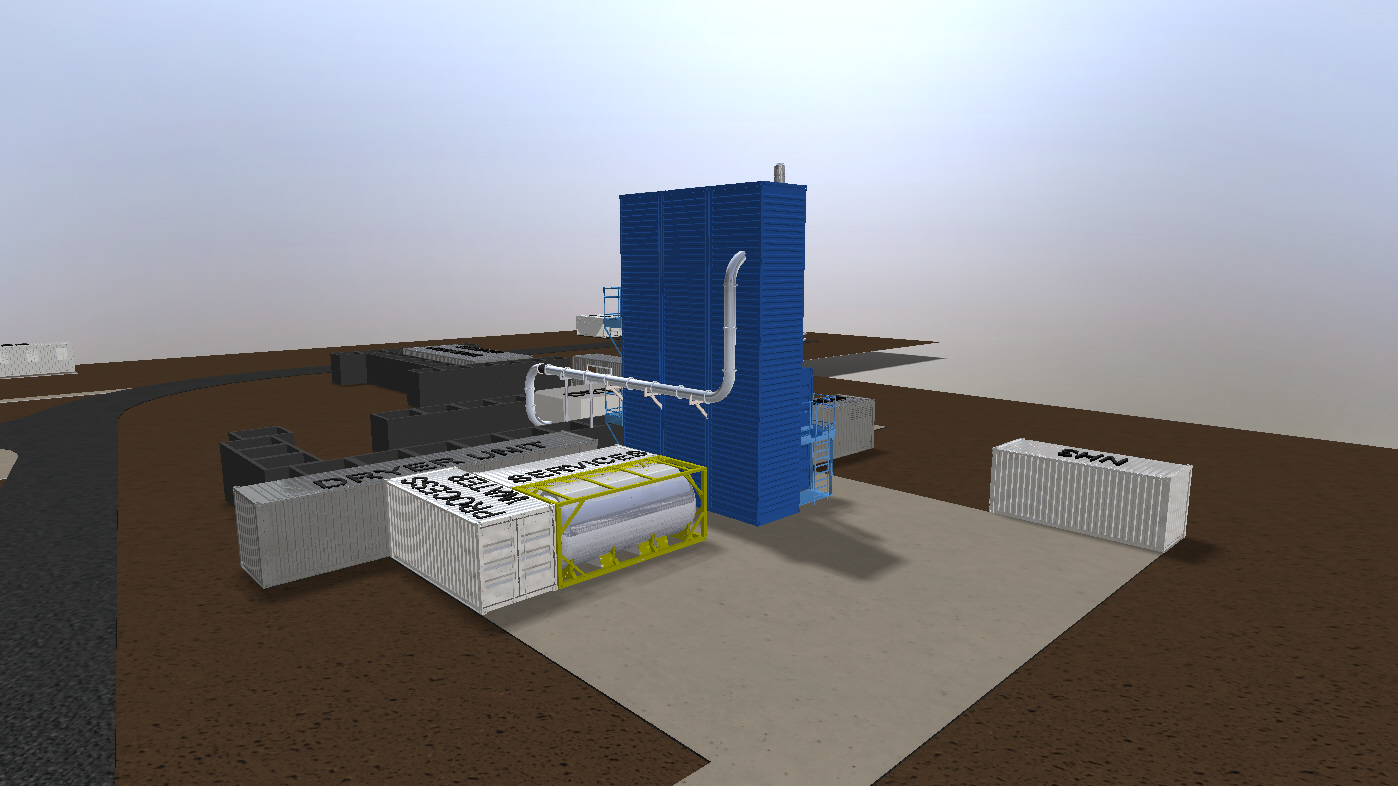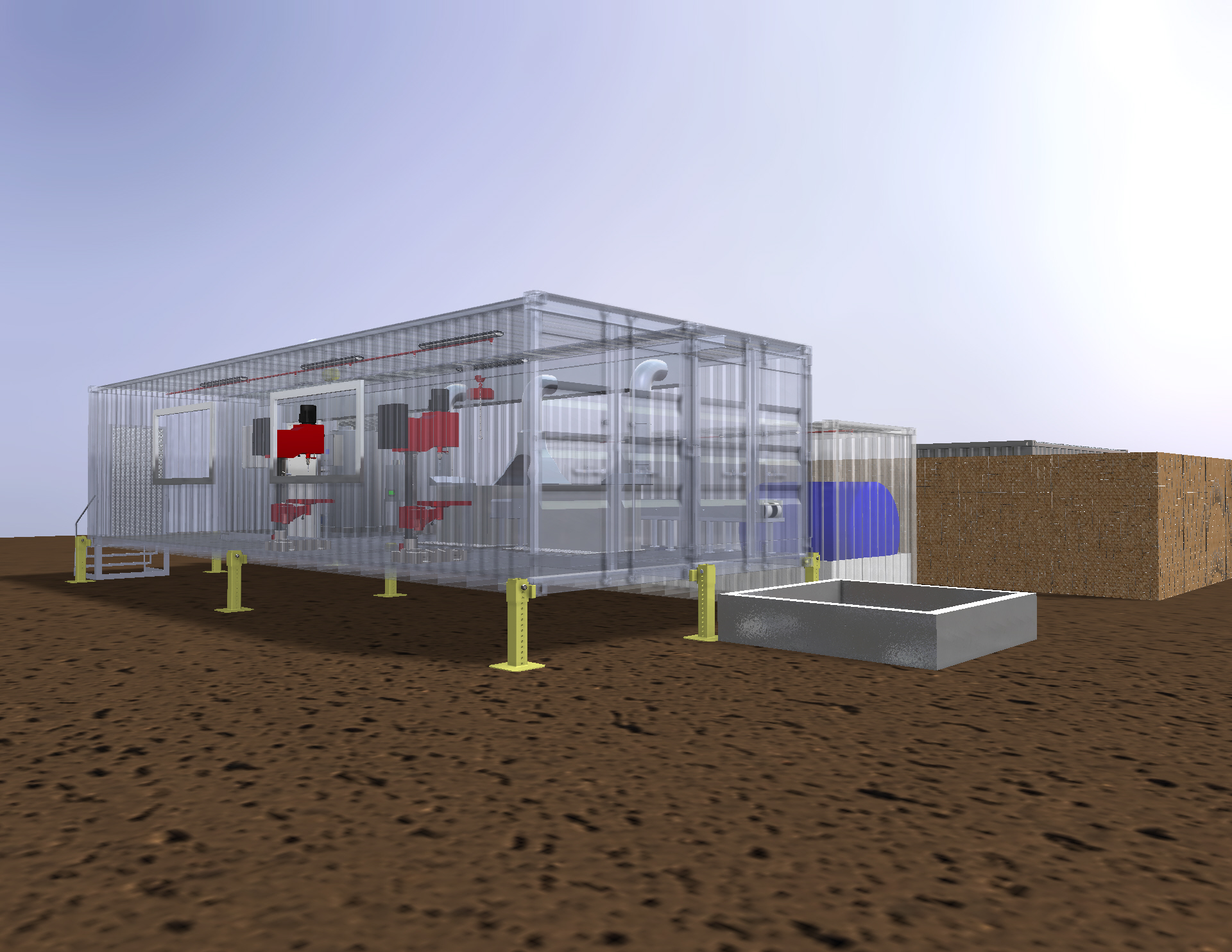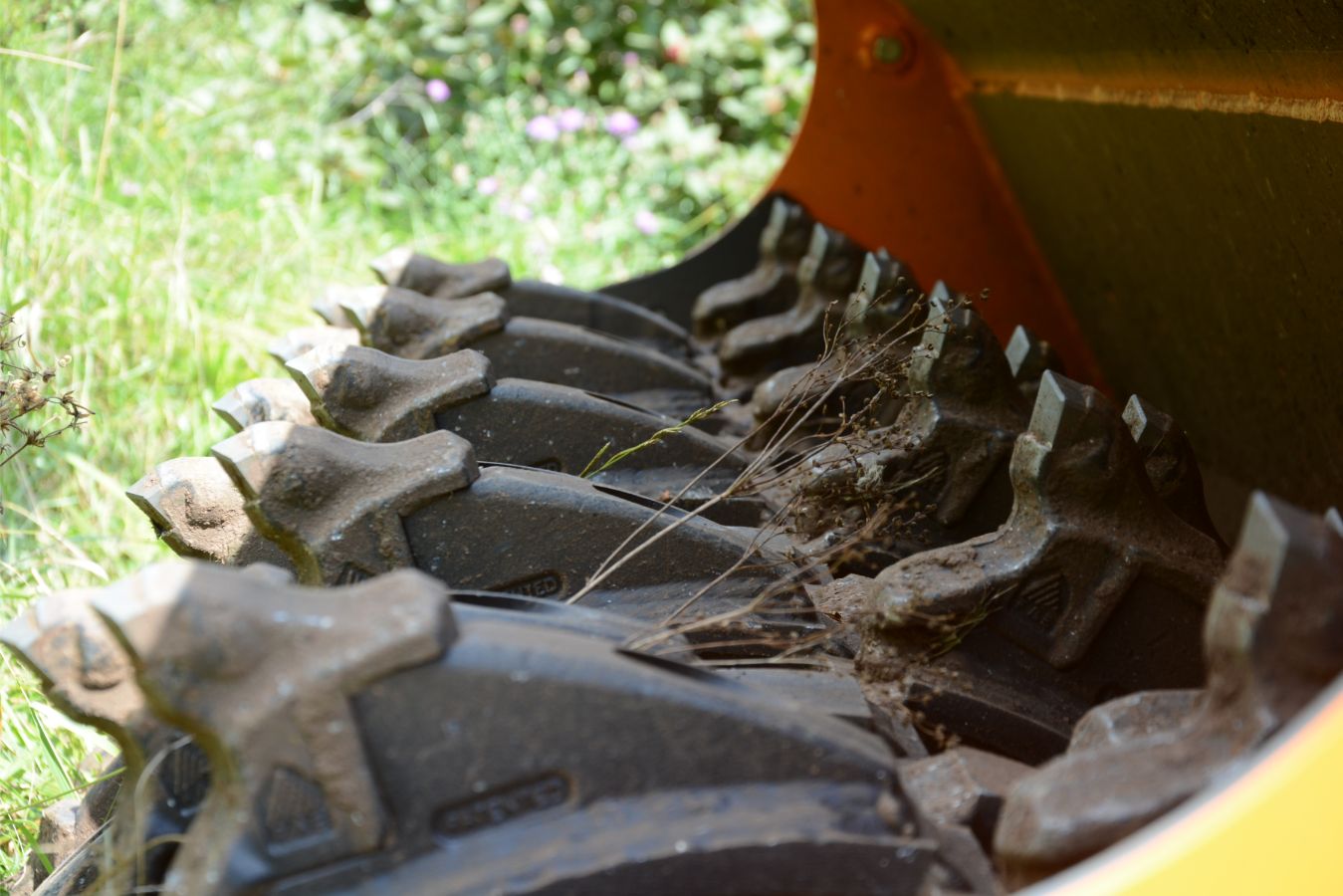MOBILE AMMUNITION DISPOSAL
by Javier Gonzalez Cuesta

The excess of arsenals, close to the end or even far exceeded their stable life cycle, that many countries accumulate, can cause latent risks that sometimes lead to unexpected spontaneous explosions, causing material losses and worst, human losses of life.
Said explosions generate, in addition to panic in the population near the depos, an imminent and urgent consequence of cleaning and remains collection. In addition, an extraordinary and urgent reorganization of warehouses, urgent inventory and reclassification of stocks, reconstruction of accesses, facilities, damaged security systems, possible spread "loss" of live ammunition, loss of credibility, local environmental crises, etc. Besides a race against time to restore "stability" to large ammunition stores, proceeding with the urgent cleaning, decontamination, and subsequent destruction of arsenals in poor condition to avoid further damage.
At that time, the spending is already obvious, logically not foresaw, with the consequent budgetary problem. Possible accidents generate costs for searches, transportation, detection equipment, decontamination, reconstruction, insurance policies, lawsuits, compensation, convictions, etc. and the result of “cleaning” the image, proceeding to the “rapid” implementation of land clearance and demilitarization activities that in some way guarantee the stability of the remaining stocks.
It is necessary to analyse the risks properly, so to be able to mitigate them, but it must be done on time. It is necessary to carry out an exhaustive control of the stock and its rotation. Unfortunately, a budget must be devoted both to controls and analysis and to the measures to be taken from them. These critical situations could be minimized by planning a regular budget in reorganization of stocks, maintenance of ammunition and demilitarization, which takes into account the most urgent needs depending on the life cycle, the state of the warehouses and the possible associated transport.
Industrial demilitarization has several ways, the easiest one, the OB/OD methods, increasingly environmentally reviled, but obviously highly effective, although not everyone can or want to carry it out. Another simple but awfully expensive way, financing reachable only by some states and / or powerful private companies, is industrial incineration with the costly transports to these large incineration facilities. And the most laborious, which involves more industrial processes and lower productivity, but undoubtedly cheaper and even providing added value to obsolete ammunition, even after its demilitarization, Mobile Disposal.
Ecologically speaking, there is no possible comparison between destroying thousands of fuzes, tracers, airbag systems, propellants or primers, incinerating in a controlled way tons of HMX, A5 or A3, submunitions, TNT, SAA, even linked, to the recovery techniques of these ammunition "assets” through careful disassembly methods and mechanical operations and ultimately, the incineration of unrecoverable items.
This assets recovery for use or recycling generates income that, could even exceed the demilitarization costs, sometimes and depending on the munitions to be demilitarized, balancing the unfavourable balance for their promoters.
In this sense, the management of the ammunition transports, whose costs are on average 40% of the demilitarization costs, plays a fundamental role determining the viability of the contracts and therefore the medium-term security of the arsenals.
These transportation costs would be reduced to 0 in certain cases in which ammunition depots, legislation and the will of the authorities would allow the temporary implantation of mobile demilitarization facilities and even recovery of explosives within those spaces.

The question is simple. Schedule the tuning of the stockpiles, their maintenance and programmed demilitarization in situ. Let’s treat mobile buildings or facilities as any other building or facility considering safe distances, quantities and the maximum number of people allowed. There are excellent international rules to follow. Let's increase safety and security of these mobile buildings by equating to those of its surrounding buildings if being inside a depot area or secured area and if not, simply, as we do at KA Safe Engineering, equipping them with the same protection elements with which we provide any deposit, merlons, lightning rods, fencing, proximity detectors, opening sensors, fire protection, cameras, monitors, even microwave or infrared barriers, but all of them with the capacity to be moved in relatively short periods of time from one point to another, within the same country or area. We can collaborate on these aspects.
These costs could be provided and completely foreseeable over time and therefore easily achievable and could be part of annual budgets such as periodic tree trimming, uncontrolled weeds, access sanitation, external maintenance, lighting, forklifts, internal transport vehicles, etc., etc.



